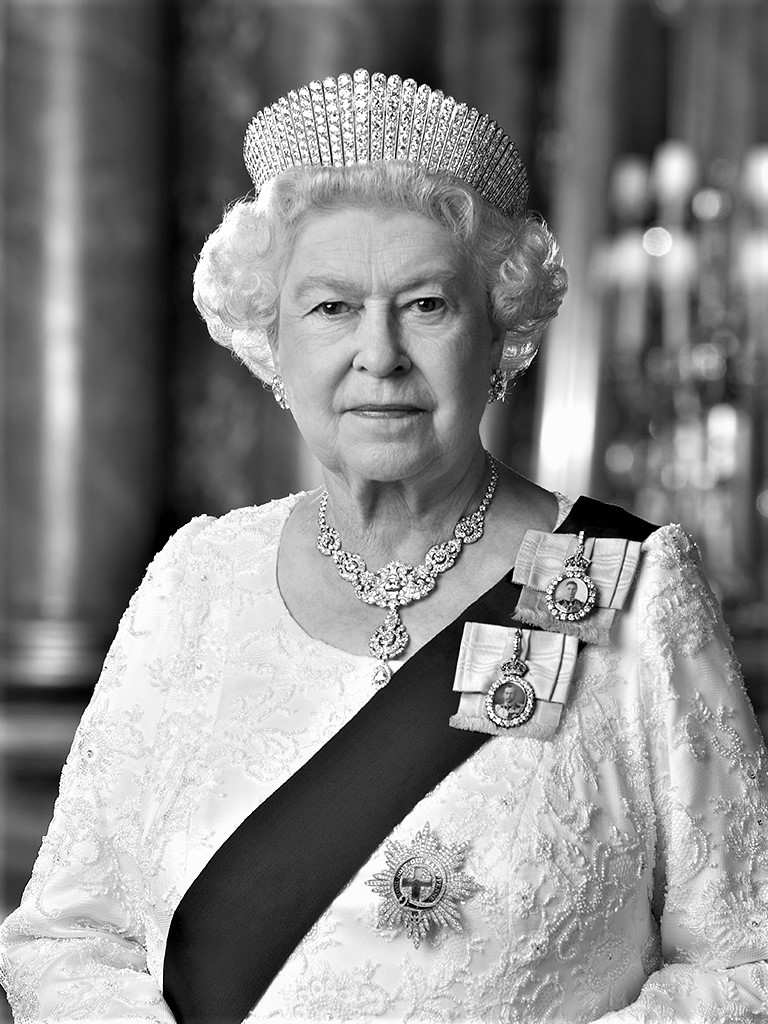Flash glucose scanning

Flash glucose scanning (FGS) is a new and evolving technology in the management of type 1 diabetes. There is only one FGS device that is readily available in the UK - the FreeStyle Libre. This page provides some guidance on how to interpret directional arrows displayed on your reader (or your phone) which may be helpful for users and schools. For further information on how to start using FGS, please refer to our diabetes technology pages.

Interpreting trend arrows
We have produced a couple of videos which describe how to get the most out of your FGS.
The first of these gives advice on how to interpret and respond to flash glucose trend arrows on a day-to-day basis - see below.
The first of these gives advice on how to interpret and respond to flash glucose trend arrows on a day-to-day basis - see below.
Improving glucose control
The following video describes the targets for glycaemic control, and how to identify patterns in your glucose data. This can help to guide you about whether adjustments to your insulin therapy are needed.
Further advice
The DOT Team have developed a brief guide on FGS with some simple advice on using the device which can be printed out if required.
The Association of Children’s Diabetes Clinicians (ACDC) have develop a series of educational leaflets designed to ensure that healthcare professionals, families and children are appropriately informed and educated on FGS. These contain a lot more information about how to interpret the data produced by FGS.Advice for schools
Schools are regularly provided with a care plan, describing what to actions to take in different diabetes-related situations e.g. hypoglycaemia. FGS is still a relatively new technology, and it is only since Libre 2 was introduced (January 2021) that the information could be used to provide bolus advice. It is recognised that children will regularly scan their FGS sensor during the school day and that schools may need some support in how to interpret these additional results. This might be especially important before doing exercise or if the trend arrow suggests hypoglycaemia is likely. The following flowcharts have been designed to give some practical advice for a variety of situations.
There is no requirement to scan before lunch. All decisions on insulin dosing should be made on finger prick blood glucose

Flowchart showing pre-lunch advice for schools
Scanning before exercise may provide guidance on whether or not to take a snack:

Flowchart showing pre-exercise advice for schools.
For any other situation, it is difficult to provide definitive advice. The following flowchart gives a rough guide on what to do if the trend arrow suggests that a hypo event is likely.

Flowchart with suggested actions in number of different situations out with lunch or exercise.


